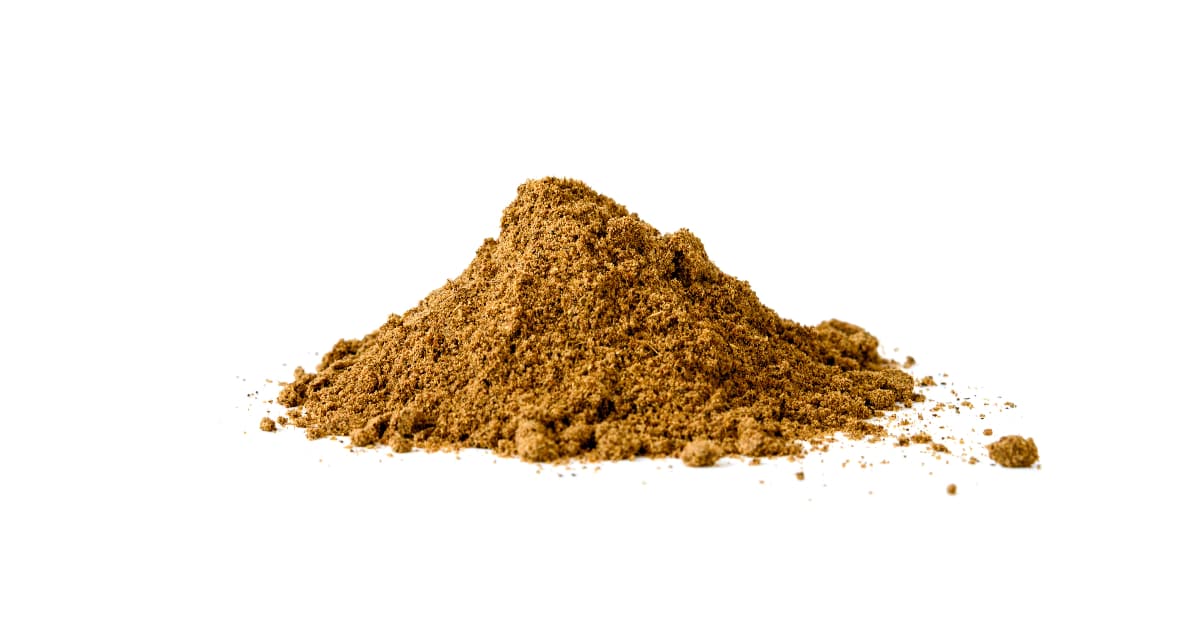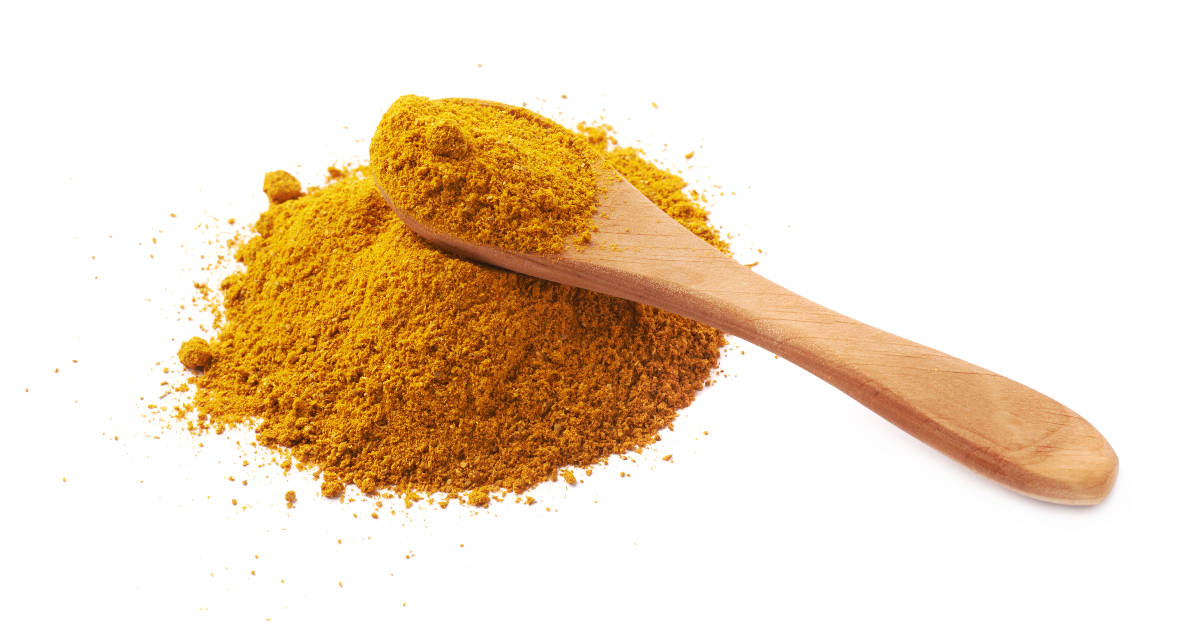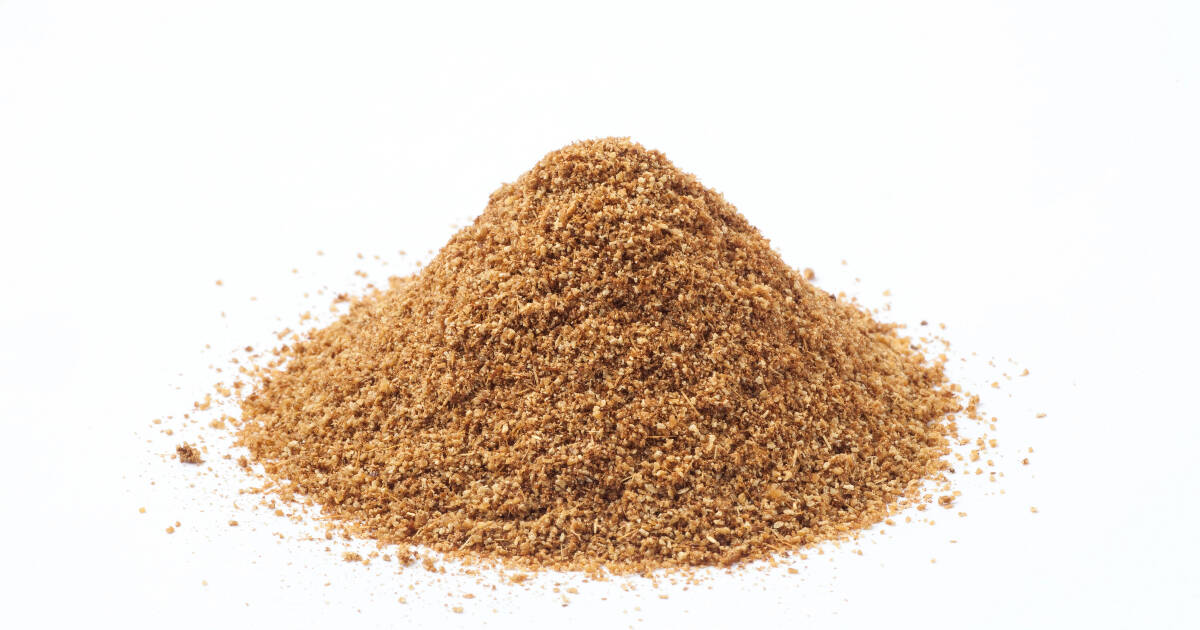Curry powder and cumin are two of the most popular spices used in cooking, but many home cooks mistakenly use the terms interchangeably. While both curry powder and cumin add a warm, earthy flavor to dishes, they actually have distinct differences in taste, origin, and culinary uses.

We will compare curry powder and cumin side by side, looking at their unique characteristics, health benefits, and ideal pairing in recipes. Understanding the differences between these versatile seasonings will help you use them properly to bring out the best flavors in your cooking.
What is Curry Powder?

Curry powder is a blend of various spices that typically include turmeric, coriander, cumin, fenugreek, chili peppers, black pepper, cinnamon, cloves, cardamom, ginger, and fennel seed. It was originally developed by the British during the colonial era to mimic the complex flavors of Indian cuisine.
The exact ingredients and proportions vary dramatically between brands and regions, but coriander, turmeric, and cumin tend to form the base. This yellow spice mix has a pungent, sweet aroma with notes of citrus and heat. The flavor is multilayered, ranging from earthy and nutty to slightly bitter.
Curry powder is ubiquitous in South Asian cooking. It's used to season curry dishes, marinades, stir-fries, stews, and roasted meats and vegetables. The turmeric lends both its bold, earthy taste and vibrant golden color. Curry powder provides a milder, more approachable version of traditional Indian masalas.
What is Cumin?

Cumin is a flowering plant native to the Mediterranean region. The seeds are dried and used whole or ground to make cumin powder. It has an intense, warming flavor described as earthy, nutty, and slightly bitter.
Cumin plays a key role in Indian, Middle Eastern, North African, and Latin American cuisines. It's a primary ingredient in chili powder, taco seasoning, garam masala, and baharat. Cumin seeds are often toasted before being ground to release their essential oils and intensify the flavor.
In addition to cooking, cumin has a long history of use in traditional medicine. Ancient civilizations believed cumin could aid digestion, improve immunity, and treat various ailments. Modern research suggests cumin may have antioxidant, anti-inflammatory, and antimicrobial properties.
Flavor Profiles: Curry vs. Cumin
The most obvious difference between curry powder and cumin is that curry is a blend of spices, while cumin is a single spice. Let's take a closer look at their distinct flavor profiles:
- Curry powder has a complex flavor that combines sweet, spicy, earthy, and tangy notes. It offers layered aromas of citrus, pepper, turmeric, and cloves. The overall taste is warm and slightly bitter.
- Cumin features a bold, earthy flavor with hints of lemon and smoke. Its aroma is described as sharp, musky, and biscuit-like. The taste is intensely nutty and warming.
Curry powder contains cumin, so the two share common earthy qualities. However, curry derives additional sweetness from cinnamon and heat from chili powder. Cumin has a more focused flavor dominated by nuttiness. It also boasts hints of citrus absent in most curry powders.
Origins and Culinary Uses
Curry and cumin originate from different parts of the world and are used in culturally distinct cuisines:
- Curry powder was created by the British during colonial times to capture the exotic flavors of Indian cooking. It became popular in Anglo-Indian cuisine.
- Cumin is native to the Mediterranean and Central Asia. It's integral in Mexican, Indian, Middle Eastern, and North African cooking.
Here are some classic dishes showcasing their signature flavors:
- Curry powder - Chicken tikka masala, Thai red curry, garam masala, vindaloo, rice pilaf
- Cumin - Chili con carne, tacos al pastor, hummus, shakshuka, colcannon
While substitutes are possible in some recipes, the flavors won't be exactly the same. Cumin works better in boldly spiced dishes, while curry powder shines in complex stews and curries.
Nutrition and Health Benefits
Cumin and the spices in curry powder offer a range of nutrients and potential health benefits:
- They provide minerals like iron, calcium, magnesium, and potassium. Iron is especially abundant and important for circulation and energy levels.
- The spices contain antioxidant compounds called polyphenols that can help reduce inflammation. Curcumin in turmeric and eugenol in cumin have notable antioxidant activity.
- Several studies suggest cumin and turmeric may improve cholesterol levels, blood pressure, and blood sugar regulation. More research is needed to confirm the effects.
- Curry powder contains anti-inflammatory agents like curcumin and gingerol that preliminary research links to reduced risk of chronic diseases.
- Both seasonings may aid digestion. Traditional medicine uses cumin seeds and fennel to relieve flatulence, cramps, and bloating.
Overall, cumin and curry powder are flavorful ways to add antioxidants and medicinal compounds to your diet. But keep in mind that spices are typically consumed in small quantities, limiting nutritional impact.
How to Select and Store Curry and Cumin
Curry Powder
When buying curry powder, look for:
- Vibrant golden yellow color from turmeric
- Strong aroma combining sweet and savory notes
- Reputable brand and high-quality ingredients
- Tightly sealed packaging to retain freshness
For optimal freshness and flavor, store curry powder in an airtight container in a cool, dry place away from light. Expect it to last up to 1 year. Over time, the flavors can fade and oils turn rancid.
Cumin Seeds and Powder
For the best flavor, choose:
- Uniform brown cumin seeds without spots or fading
- Cumin powder with an intense earthy aroma
- Seeds and powder from the current season's harvest
- Spices grown organically and ethically sourced
Keep whole and ground cumin in airtight containers away from heat, moisture, and sunlight. Store cumin seeds for up to 2 years; for powder, 6 months is ideal for peak flavor.
Cooking with Curry and Cumin
Curry powder and cumin complement different ingredients and cuisine styles. Here are tips for cooking with each:
- Curry powder - Bloom in oil to intensify the flavor. Add at the beginning of cooking for maximum flavor infusion. Curry complements chicken, shrimp, cauliflower, chickpeas, lentils, and sweet potatoes.
- Cumin seeds - Dry roast or fry the seeds briefly to release oils. Add early on for robust flavor. Cumin pairs well with beans, corn, tomatoes, squash, lamb, and beef.
- Cumin powder - Mix into marinades, dry rubs, and spice blends. Sprinkle over curries, tacos, chili, hummus, and roasted veggies.
Start with small amounts of each spice then adjust to taste. Their potent flavors can overwhelm dishes when overused. Toasting and blooming intensifies their essence.
Curry Powder Vs. Cumin Comparison Table
A comparison table summarizing the key differences between curry powder and cumin:
| Comparison Table | Curry Powder | Cumin |
|---|---|---|
| Type | Spice blend | Single spice |
| Flavor | Complex, combines sweet, spicy, earthy, tangy | Earthy, nutty, slightly bitter |
| Aroma | Citrus, pepper, turmeric, cloves | Earthy, lemon, smoke |
| Color | Vibrant golden yellow | Light to medium brown |
| Origin | Created by the British during the colonial era to mimic Indian cuisine | Native to Mediterranean and Central Asia |
| Cuisine | Integral in South Asian cooking | Created by British during the colonial era to mimic Indian cuisine |
| Dishes | Key in Mexican, Indian, Middle Eastern, and North African dishes | Chili, tacos, hummus, shakshuka |
| Forms | Ground powder | Seeds and powder |
| Health benefits | Antioxidants, anti-inflammatory effects | Aids digestion, antioxidant, anti-inflammatory |
| Storage | Curries, stir-fries, stews, tikka masala | Seeds up to 2 years; powder up to 6 months |
| Cooking tips | Bloom in oil to intensify flavor. Add early on. | Dry roast or fry seeds to release flavor. Add early on. |
FAQs
Is curry powder spicy?
Curry powder offers a complex flavor that combines sweet, savory, and spicy elements. The level of heat varies dramatically between blends. Mild Madras curry powder has just a touch of warmth, while vindaloo curry powder is intensely spicy from chili peppers. Check the label for guidance.
What's the difference between garam masala and curry powder?
While both spice blends, garam masala is an authentic Indian blend of warm spices like cinnamon, clove, cumin, and black pepper. Curry powder was created by the British to evoke Indian cuisine but isn't used in India.
Can you substitute curry for cumin?
In some dishes, curry powder can mimic cumin's earthy flavor but won't replicate the lemon and smoke notes. Cumin is bolder and more focused compared to complex curry. For best results, use cumin if specified in a recipe.
What taste does cumin add to food?
Cumin seeds and powder add a warm, nutty, and slightly bitter flavor. Their aroma is characterized as earthy with hints of lemon and smoke. Cumin provides a robust, warming taste that complements spices, beans, veggies, lamb, and chicken.
Does cumin go bad?
Properly stored cumin seeds stay fresh for up to 2 years; ground cumin lasts around 6 months before losing potency. Signs of stale cumin include faded color, lack of aroma, weak flavor, and rancid odor. For peak freshness, buy spices in small quantities.
Conclusion
Curry powder and cumin offer distinct flavors and culinary versatility. Curry powers aroma and golden hue come from its blend of spices like turmeric, cumin, cinnamon, ginger, and fenugreek.
Cumin features bolder, earthier notes focused on nuttiness and lemon. Understanding their differences allows you to use each effectively to enhance recipes spanning from Indian curries to Mexican mole.
With their nutritional benefits and medicinal history, curry and cumin deliver flavor, antioxidants, and health-supporting properties.

